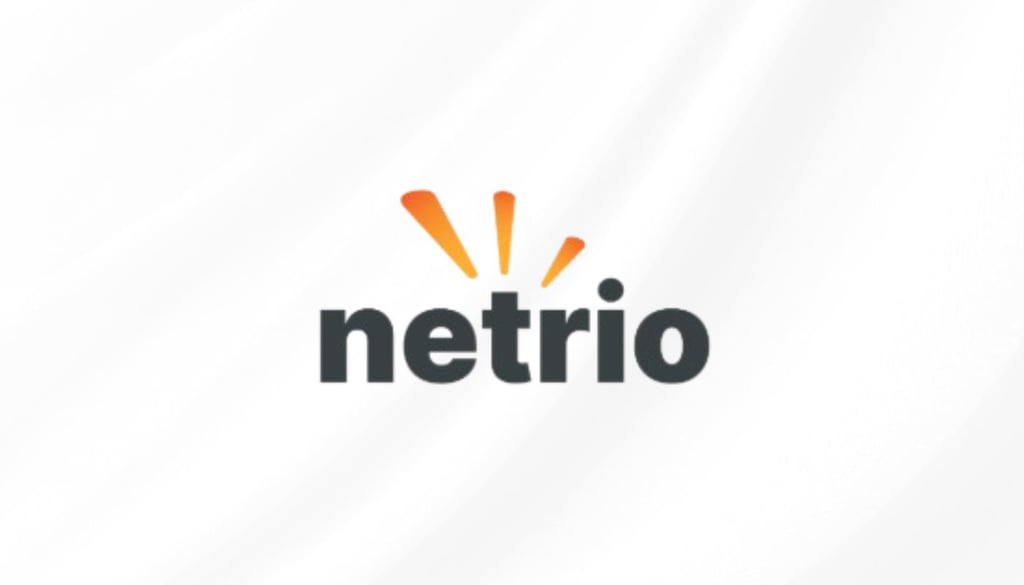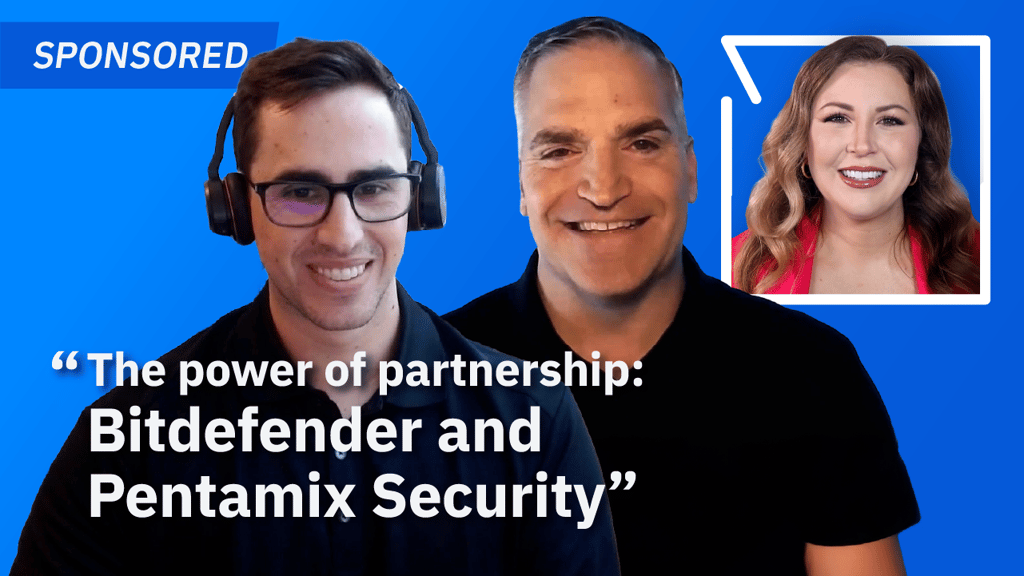Hardware has become a key component in building and maintaining efficient, reliable, and secure organizational infrastructure. While IT procurement is a complex process that involves numerous considerations, VARs can help manage the process to ensure that an organization’s technology investments align with its operational needs.
What is IT hardware?
IT hardware consists of the physical devices that comprise an organization’s computing environment, including desktop, laptop, and mobile devices, as well as the routers, switches and networking devices, on-premises data storage solutions, physical security systems, printers and scanners, and the broad spectrum of hardware that’s essential for today’s modern enterprises.
Extending beyond personal computing devices
When considering IT hardware for business environments, it’s easy to focus on personal computers and mobile devices. However, a complete hardware setup encompasses a wide range of equipment to support various operational needs. Below are some of the key hardware components beyond personal devices that businesses require:
- Routers: These devices direct data traffic between different networks, facilitating communication and providing internet connectivity for multiple users.
- Switches: Switches connect multiple devices within a local network, ensuring that data can be shared efficiently and communication remains seamless.
- Access points: Access points extend Wi-Fi coverage, allowing wireless devices to connect throughout the workspace without interruptions.
- Firewalls: Firewalls monitor and control network traffic, creating a protective barrier that guards against cyber threats and unauthorized access.
- Servers: Servers manage, store, and process data, supporting multiple users and critical applications within a network environment.
- Network-attached storage (NAS) devices: These devices offer centralized data access and management, making it easier for businesses to share files and perform regular backups.
- Surveillance cameras: Surveillance cameras capture video footage to monitor and secure physical premises, which helps enhance safety and deter potential intruders.
- Access control systems: These systems regulate entry into restricted areas, using keycards, codes, or biometric scanners to authorized personnel.
- Alarms: Alarm systems detect and alert personnel to unauthorized entry or emergencies, providing a prompt response mechanism.
- Printers and scanners: Printers produce hard copies of digital files, while scanners convert physical documents into digital formats for easy storage and sharing.
- Audio/visual equipment: Audio/visual tools like projectors, speakers, and conference systems facilitate communication, collaboration, and presentations.
- Specialized industry-specific devices: These devices are customized to meet the unique requirements of specific sectors, such as point-of-sale systems for retail or diagnostic machines for healthcare.
- Security/Physical-lock hardware: Security devices that help secure tablets, ultrabooks, and other thin or lock-slot-free devices.
- Docking stations: Devices that allow laptops, tablets, or other portable devices to connect to multiple peripherals, networks, and power sources through a single interface.
- Locking station: Hardware accessory designed to physically secure a laptop, tablet, or other portable device while it is docked or in use.
With such a diverse array of hardware needed to support a modern business, it’s essential to assess the organization’s specific needs carefully to ensure that all requirements are met before making any purchasing decisions.
How is IT hardware typically bought?
Businesses typically approach IT hardware procurement in several different ways. The strategy they choose can significantly impact the organization’s technology infrastructure, performance, and overall costs. Below are some of the common methods used to acquire IT hardware:
- Ad-hoc purchases: Businesses buy new equipment as needed or when existing devices fail or become outdated. This reactive approach often leads to inconsistencies in technology, suboptimal performance, and higher overall costs.
- Hardware refresh plans: Organizations develop a structured plan for regularly replacing or upgrading TI hardware components according to a set schedule, helping to maintain a consistent and reliable IT infrastructure.
- Leasing or renting equipment: Companies lease or rent hardware rather than purchasing it outright, which reduces upfront costs and allows for more frequent updates. However, ongoing lease payments can add up over time.
- Vendor partnerships: Businesses establish long-term relationships with select vendors, allowing for negotiated pricing, streamlined procurement, and coordinated service agreements. This strategy can simplify the purchasing process but may limit flexibility.
- Hardware as a Service (HaaS): This model involves subscribing to a managed service that provides and maintains hardware for a monthly fee, minimizing the need for internal IT resources. While this shifts hardware management to an external provider, it can be costlier in the long term.
- IT asset management programs: These programs include a comprehensive inventory and lifecycle management strategy to optimize the deployment, maintenance, and retirement of IT hardware, helping ensure that hardware investments align with goals.
Selecting the right procurement approach requires a thorough understanding of the organization’s needs, budget, and long-term objectives.
What businesses should know before purchasing hardware
Before embarking on the purchase of any hardware, businesses need to plan strategically for both their current and future needs and initiate the following best practices:
- Assess current and future needs: This involves evaluating existing requirements and anticipating future growth in data, users, and applications.
- Plan for scalability: Ensure that the new infrastructure can accommodate expansion, and reduce the need for frequent replacements and upgrades.
- Consider emerging technologies: Evaluate whether emerging technologies like cloud computing or edge computing could meet their needs more effectively than traditional hardware.
- Plan for maintenance and support: Factor in the availability of ongoing maintenance, updates, and technical support for the hardware.
By taking these and other factors such as energy efficiency and security requirements into account, businesses can make informed decisions that enhance their IT environment’s performance and reliability while future-proofing their hardware investments.
How a VAR helps to evaluate hardware needs
A VAR can play an important role in helping businesses navigate the complexities of IT hardware procurement. As experts in technological infrastructure and operations, they can provide valuable insights and guidance throughout the procurement process by conducting a thorough assessment of a business’s current hardware, proposing hardware configurations, understanding the total cost of ownership (TCO), utilizing vendor relationships, and helping to monitor and advise and organization and their environment changes.
The first step in the hardware procurement process is to assess whether the current equipment meets the organization’s performance and capacity needs. This involves evaluating the speed, storage, and processing power of all hardware components to identify any bottlenecks or limitations that hinder productivity. This helps uncover if systems struggle under peak workloads, enabling the VAR to recommend upgrades that are performance-driven rather than simply reactive.
Gaps and pain points in the current infrastructure
VARs can conduct a needs analysis as part of their service offering to understand where devices are outdated, unreliable, or incompatible. These partners will assess a client’s business needs and provide an unbiased approach to determine the best solution. In acting as trust advisers, they help uncover hidden pain points and propose hardware refreshes or replacements.
Projected growth and changing requirements
Hardware procurement should not only address current needs but also anticipate future growth. Businesses must consider how their operations will evolve, taking into account expected increases in data requirements, user base expansion, and the addition of new applications. VARs can model how hardware needs will evolve with increased user bases, data volume, or application demands, and advise on scalable solutions.
Compatibility with existing systems
When selecting new hardware, compatibility is a key factor that should not be overlooked. Equipment that can seamlessly integrate with the existing IT infrastructure will minimize the risk of conflicts, reduce the need for additional software or middleware, and streamline the implementation process. Compatibility is also crucial for maintaining consistent workflows and avoiding disruptions to business operations, thereby reducing implementation risk.
Scalability and future-proofing
Scalability is about future-proofing your investment. Hardware that offers easy expansion options, such as additional memory slots, processor upgrades, and modular components, allows the business to grow without having to replace entire systems. Scalable solutions provide the flexibility to adjust to changing needs, whether it’s increased storage requirements, higher processing capabilities, or accommodating more users.
Long-term support and vendor reliability
The reliability of hardware vendors and their commitment to long-term support is crucial when evaluating options. Businesses should choose vendors with a proven track record of providing timely software updates, patches, and technical assistance. This ensures that the hardware remains functional and secure throughout its lifecycle. VARs maintain vendor relationships and assess reliability and support patterns of hardware manufacturers.
Energy efficiency and environmental impact
Sustainable practices are increasingly important for organizations, and hardware procurement is no exception. Choosing energy-efficient devices that consume less power not only lowers operational costs but also aligns with corporate sustainability goals. Additionally, considering the environmental impact of production, packaging, and disposal helps in building an eco-friendly IT strategy.
Total cost of ownership (TCO)
The total cost of ownership goes beyond the initial purchase price. It includes ongoing expenses such as maintenance, repairs, power consumption, support contracts, and even disposal costs at the end of the hardware’s lifecycle. By calculating TCO upfront, businesses can gain a clearer picture of the true investment required and avoid unexpected financial burdens. It’s important to understand the TCO rather than just the purchase price.
Warranty and service options
Comprehensive warranties and service plans are essential in minimizing downtime and reducing long-term costs. Evaluating the coverage options — such as repair turnaround times, on-site support, and replacement policies — ensures that businesses are adequately protected if hardware issues arise. Selecting hardware with strong warranty and service packages can provide peace of mind and prevent unplanned disruptions.
Security features
Security should be at the forefront of every hardware purchasing decision. All personal and organizational devices should include built-in security features, such as data encryption, secure boot processes, and remote management capabilities. These features help safeguard critical business data, prevent unauthorized access, protect against emerging threats, and maintain clients trust.
By carefully evaluating all the above factors, VARs can help their clients make strategic hardware investments that support both immediate and future needs, minimizing disruptions and maximizing the return on their hardware investments over time.
Leveraging VAR expertise for hardware procurement
In addition to helping define hardware requirements, VARs provide more than just hardware fulfillment. VARs bring established vendor partnerships, technical expertise, and consultative services, allowing businesses to evaluate, procure, and deploy hardware solutions strategically and efficiently. Leveraging VAR’s capabilities can benefit your organization in the following ways:
- Industry relationships: Established partnerships with hardware manufacturers allow VARs to deliver tailored product recommendations.
- Competitive pricing: VARs can secure bulk or partner-level discounts, reducing procurement costs.
- Priority support: Direct vendor escalation paths work to minimize downtime during deployment and maintenance.
- Streamlined procurement process: Acting as intermediaries, VARs can handle purchasing, logistics, and documentation to reduce complexity.
- Negotiating terms: VARs can also negotiate warranties, service terms, and flexible payment arrangements to ensure an organization gets an optimal price.
- Coordinating delivery and installation: VARs manage hardware delivery and setup, ensuring alignment with existing infrastructure.
- Providing ongoing support and maintenance: Post-deployment services include maintenance, updates, and lifecycle management for sustained performance.
Businesses can navigate the hardware procurement process more efficiently by leveraging the expertise of a VAR, ensuring that the selected solutions meet their operational needs.
Hardware and software: How VARs help tie it all together
VARs play a crucial role in ensuring that the hardware and software components of a business’s technology infrastructure are seamlessly integrated and optimized. They provide more than just access to hardware, they bring expert evaluation, vendor relationships, procurement efficiency, integration support, and ongoing lifecycle services.
- Expert evaluation of hardware needs and requirements: VARs have experienced expertise in hardware technologies, including servers, workstations, docking solutions, security devices, and enterprise infrastructure. VARs assess a business’s workflows, existing systems, and performance requirements for recommending hardware that meets operational needs.
- Access to competitive pricing and volume discounts: VARs have long-established relationships with various hardware manufacturers and distributors to give them an edge in securing competitive pricing, bulk discounts, and priority vendor support.
- Streamlined procurement process: VARs act as intermediaries for the entire procurement cycle by handling vendor selection and comparison, contract and pricing negotiations, and coordination of delivery, setup, and installation. This allows internal IT teams to focus on core business priorities, while ensuring timely and accurate hardware deployment.
- Seamless integration of hardware and software: VARs ensure selected hardware is compatible with existing IT infrastructure and business software ecosystems to reduce the risk of conflicts and inefficiencies. VARs allow organizations to optimize performance by aligning hardware capabilities with software requirements, from processing power and storage to networking and security features.
- Ongoing monitoring and support: VARs can provide post-installation support, such as monitoring, preventive maintenance, firmware updates, and troubleshooting. VARs also help reduce downtime, extend equipment lifespan, and improve overall operational efficiency by maintaining the health and performance of deployed hardware.
Bottom line: Leveraging VAR expertise for optimal IT procurement
VARs bring a wealth of expertise, industry relationships, and collaborative capabilities to the table, making them invaluable partners in an organization’s hardware procurement journey. From assessing current and future requirements to identifying the right vendors and products, and then ensuring seamless integration with software systems, they offer their clients the expertise to navigate the evolving world of IT hardware with confidence and efficiency.
In addition to helping organizations procure IT equipment, with their specialized cross-industry skills, VARs also play a vital role in boosting organizational efficiency, enhancing security, and reducing costs across various industries.
Frequently asked questions (FAQs)
Here are some commonly asked questions regarding how VARs can help organizations procure the right IT hardware and software for their needs.
What are the key benefits of working with a VAR for IT hardware procurement?
The key benefits of working with a VAR for IT hardware procurement include:
- Expertise in evaluating hardware needs and requirements.
- Access to competitive pricing and volume discounts through partnerships with multiple hardware vendors.
- Streamlined procurement process with coordinated delivery, installation, and contract negotiations.
- Seamless integration of hardware and software systems to optimize the client’s software ecosystem and IT environment.
- Ongoing monitoring, maintenance, and support to ensure the longevity and reliability of hardware investments.
How does a VAR’s vendor relationships benefit the client?
VARs maintain partnerships with a broad range of hardware manufacturers and distributors to give clients access to competitive pricing and volume discounts, ideal contract terms, priority support from vendors, and specialized hardware options and configurations. VARs serve as an intermediary that can negotiate favorable terms, ensure timely delivery, and recommend solutions to align with the client’s operational needs.
What should businesses consider when evaluating hardware procurement options?
When evaluating hardware through a VAR, businesses should consider factors such as:
- Current and future performance and capacity requirements
- Compatibility with existing and planned software systems
- Scalability and long-term supportability
- Energy efficiency and environmental impact
- Total cost of ownership, including maintenance, support, and lifecycle costs
How can VARs help businesses stay updated with the latest hardware trends?
VARs stay up-to-date on industry developments and emerging hardware technologies across multiple vendors to provide clients with insights on:
- New and innovative hardware solutions
- Upgrades that improve performance or efficiency
- Long-term trends in IT infrastructure
VARs enable businesses to make informed, strategic decisions about hardware procurement and future upgrades by sharing this knowledge.
What role do VARs play in ensuring hardware security?
VARs assist clients in ensuring hardware security through recommending devices with built-in security features like encryption and secure boot processes, remote management and monitoring capabilities, and vendor-backed firmware and software updates. Additionally, VARs advise on best practices for deployment and lifecycle management to help clients protect sensitive data and maintain a secure IT environment. help businesses protect their hardware and sensitive data from potential threats, ensuring a secure and reliable IT environment.
Pamela Winikoff contributed to an earlier version of this article.

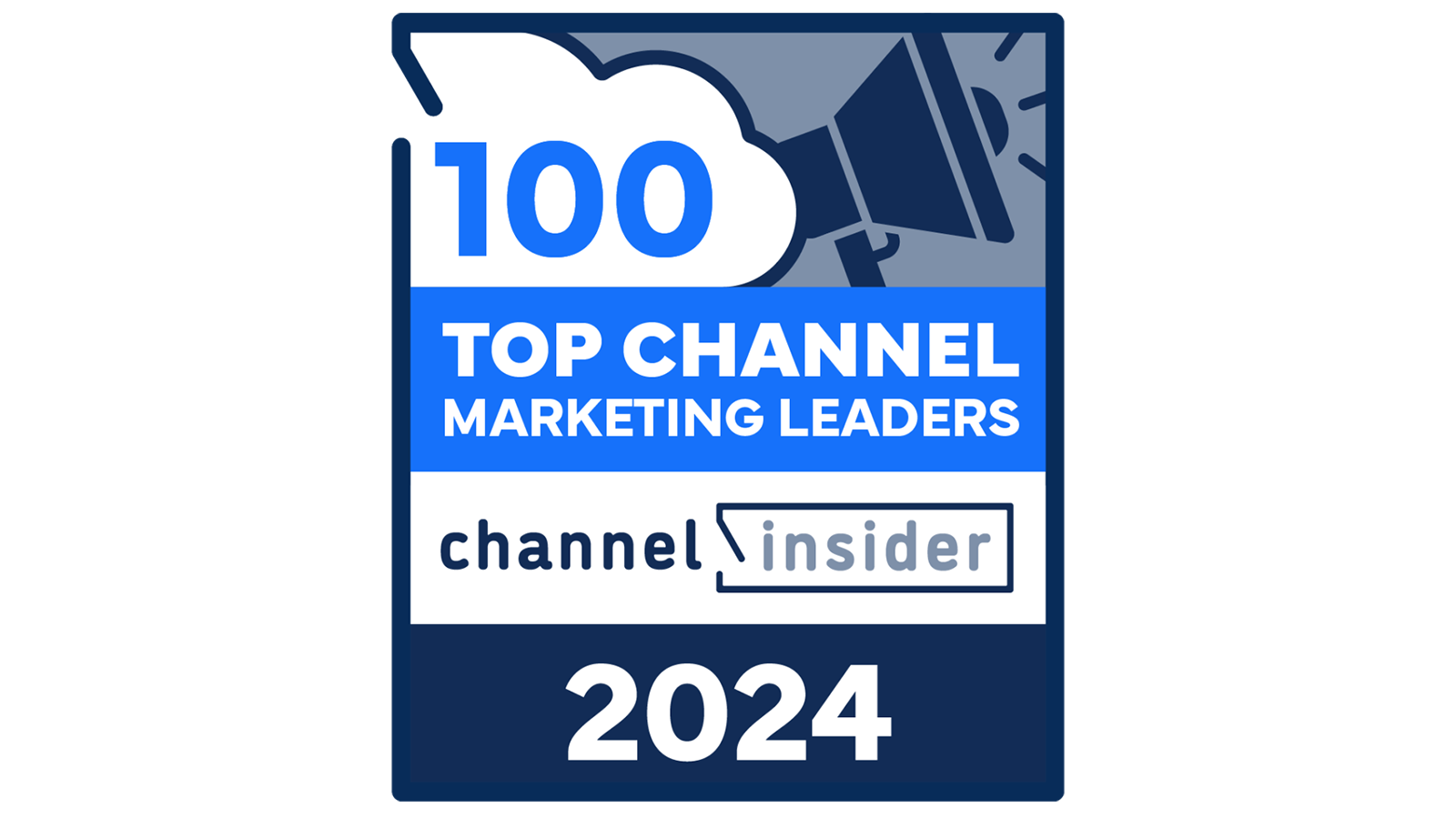
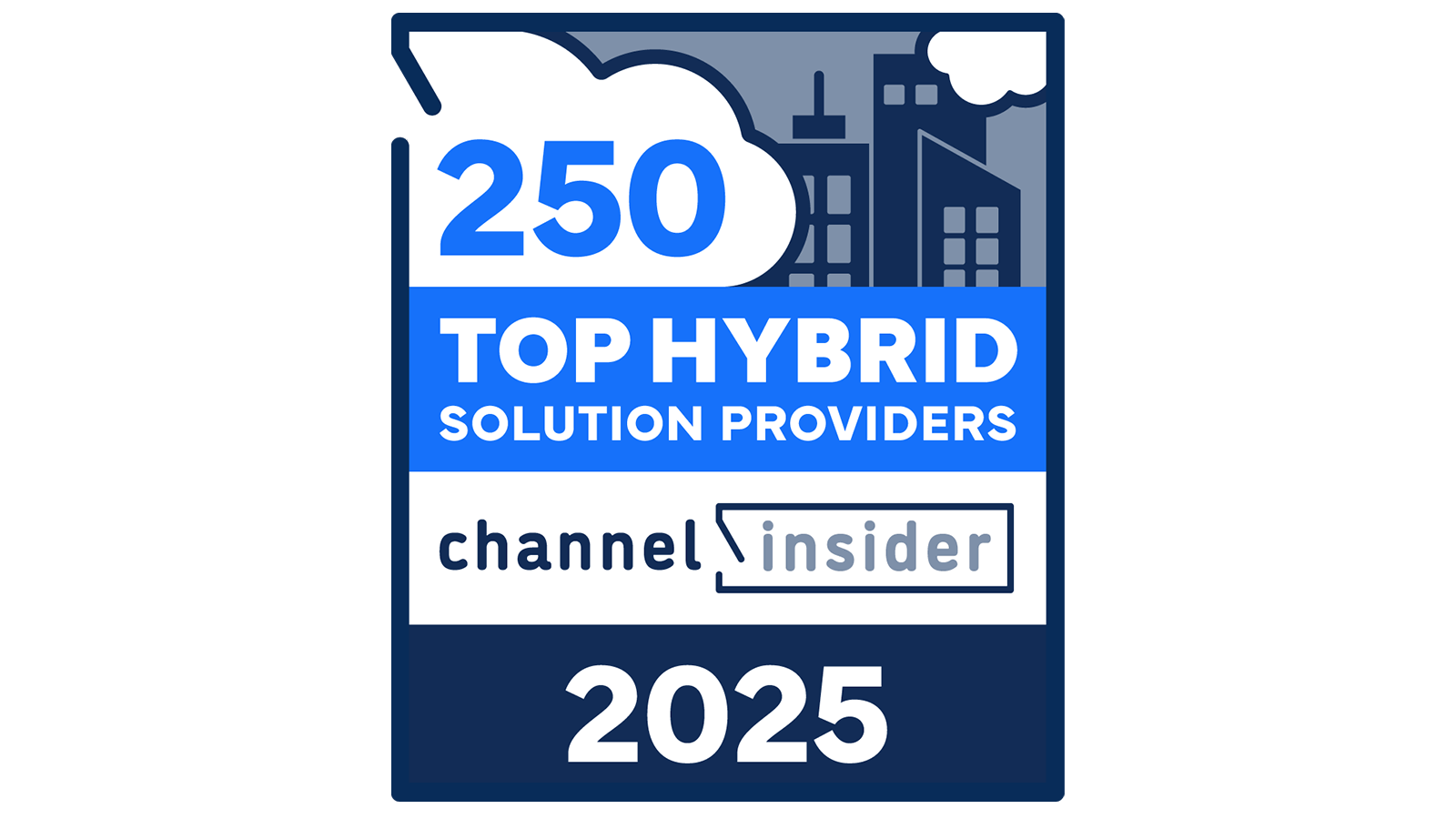
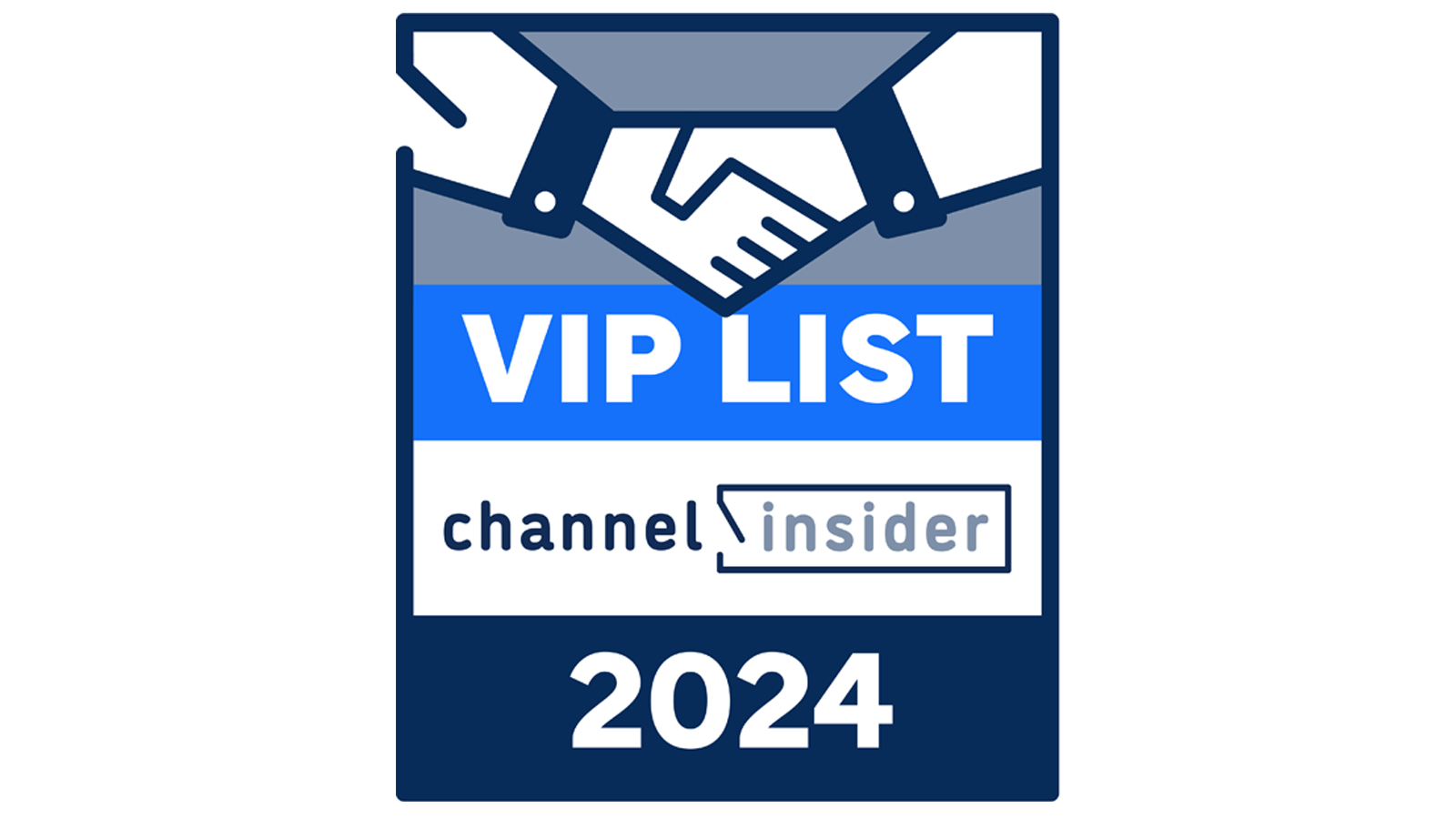






 AI 50 ListChannel Insider's editorial team spotlights the top AI leaders from MSPs, vendors, and channel businesses delivering measurable outcomes.Link to CML 100 Honorees
AI 50 ListChannel Insider's editorial team spotlights the top AI leaders from MSPs, vendors, and channel businesses delivering measurable outcomes.Link to CML 100 Honorees CML 100 HonoreesCheck out our CML 100 List to discover the top channel marketing individuals who are transforming channel marketing for their organizations.Link to HSP 250 List
CML 100 HonoreesCheck out our CML 100 List to discover the top channel marketing individuals who are transforming channel marketing for their organizations.Link to HSP 250 List HSP 250 ListView our HSP250 list to see the top Hybrid Solution Providers that have proactively embraced the future of tech.Link to The 2024 Channel Insider VIP List
HSP 250 ListView our HSP250 list to see the top Hybrid Solution Providers that have proactively embraced the future of tech.Link to The 2024 Channel Insider VIP List The 2024 Channel Insider VIP ListChannel Insider sought nominations from IT vendors, solution providers, and partners to highlight impactful collaborations. Check out our top choices here.
The 2024 Channel Insider VIP ListChannel Insider sought nominations from IT vendors, solution providers, and partners to highlight impactful collaborations. Check out our top choices here. Video: How Bitdefender & DSN Group Deliver SMB Cybersecurity
Video: How Bitdefender & DSN Group Deliver SMB Cybersecurity Video: Bitdefender & Pentamix Security: Making MDR Accessible for Every Business
Video: Bitdefender & Pentamix Security: Making MDR Accessible for Every Business Video: Tackling AI, Tech Debt & Faster AWS Migration with Caylent
Video: Tackling AI, Tech Debt & Faster AWS Migration with Caylent Video: How 11:11 Systems Supports Displaced Partners After VMware Program Changes
Video: How 11:11 Systems Supports Displaced Partners After VMware Program Changes Video: How Thrive Is Bringing AI Managed Services to its Customers
Video: How Thrive Is Bringing AI Managed Services to its Customers Video: How Netskope and Partners Secure Federal Agencies with SSE
Video: How Netskope and Partners Secure Federal Agencies with SSE
